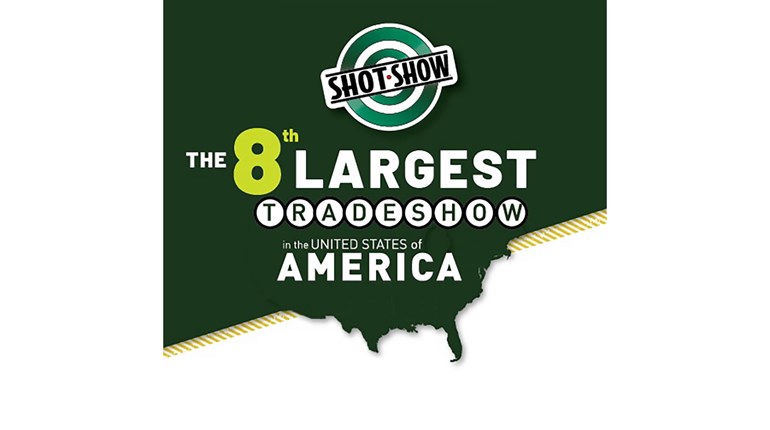I was just starting to find a few nuggets at the SHOT Show when I was rudely interrupted. An old friend, Val Forgett, who heads up Navy Arms, was showing me what he has been doing with the relatively new Winchester ’73—AA-grade figured walnut, a deep high-gloss bluing and color casehardening by Doug Turnbull. At first I thought it was the beautiful wood and metalwork that was causing my head to get a bit light and dizzy, so I sat down in the booth with Val for a few minutes.
We finished our business and I was feeling a bit better so I pressed on to the Kimber booth to get caught up with Dwight van Brundt and the guys. When I was done there I thought I’d better find some place to sit for a few minutes. I just didn’t feel right. “You don’t look so good,” said an old friend, Ron Gayner. I allowed that I didn’t feel so good. We found a place to sit for a couple of minutes. And then I said I’d like to try and make it to the Press Room. Fifty feet later I knew that wasn’t going to happen. I told Ron to see if he could find some medical help.
A few minutes later the EMTs had me in their closet. They suggested that a paramedic be called to do an EKG. Eight seconds or so after they hooked me up and started the machine the paramedic said, “You don’t have a choice, sir. You’re going to the hospital.” About ten hours later a cardiologist stuffed a pacemaker in my chest. I came very close to dying.
If anyone ever asks you if you’d like a free pacemaker—you know, like just for grins—tell them to go to hell. They do not use any anesthesia or locals to abate the pain. They strapped me to a surgical gurney about as wide as my spine with two troughs that they tie my arms and legs to, fit me with some oxygen and tell me, “Don’t hold your breath, and don’t move!” Then the cardiologist starts feeding a wire from behind my collar bone down toward my heart. I felt every millimeter of movement. When he reached one of my ventricles, he stabbed the wire into it. I thought it was the end of the world. My left arm felt like someone had just lopped it off with a dull chainsaw. Then he did it all over again with the other ventricle. Wires in place, he cut about a two-inch incision and stuffed the pacemaker—which is about the size of a pocket watch—deep into the muscle; stapled the wound shut and said, “You’re good to go!”
The cardiologist—despite my initial thoughts—wasn’t some sadistic Dr. Frankenstein. My heart rate was between 36 and 42 beats per minute. Giving me anything for the pain would produce an unacceptable risk of slowing my heart to a stop. The care I received at Sunrise Hospital and Medical Center in Las Vegas was superb, and everyone—from the ER to the CNRs in my recovery room—are rock-solid professionals. I literally owe them my life.Anyway, that’s my sorry excuse for not getting more out of the SHOT Show. Hope I still have a job.


































